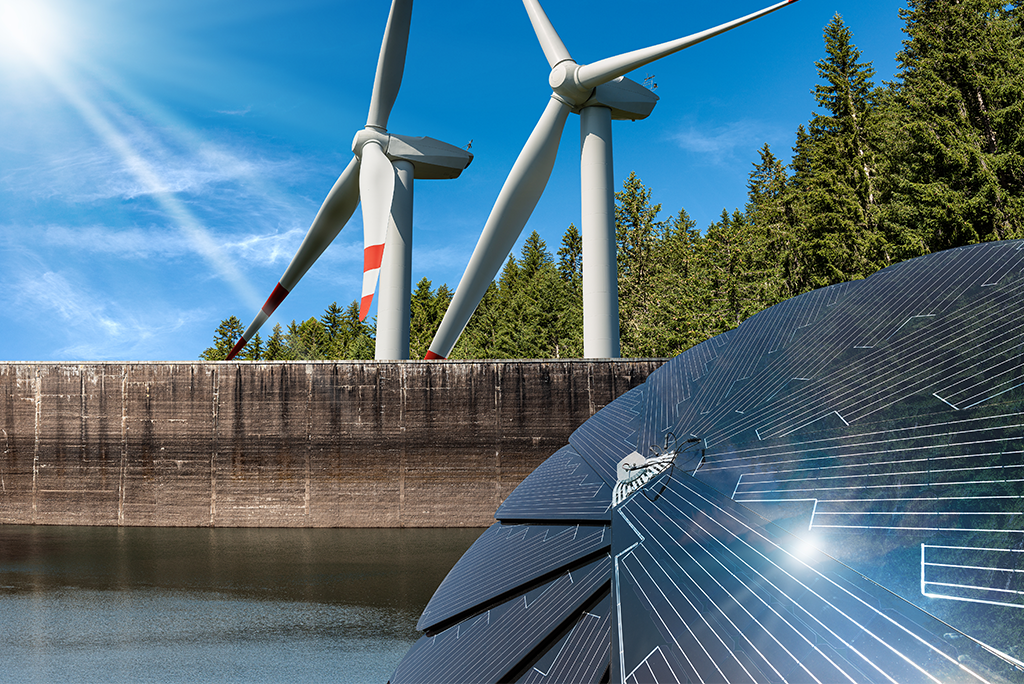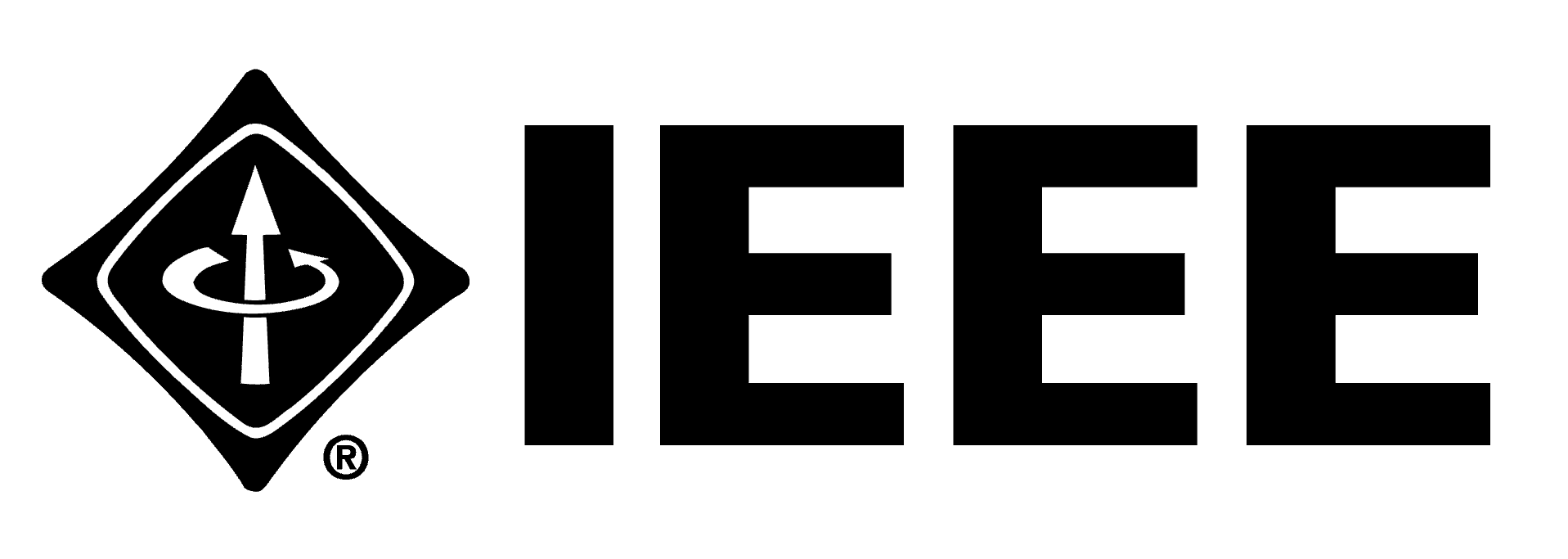
As the COVID-19 pandemic winds on, it’s causing a lot of unpredictability in the renewable energy sector. BW Research Partnership predicts that half a million people employed in the industry in the U.S. will lose their jobs by the end of June. However, at the same time, solar power is providing more power than ever. Additionally, renewables were the only energy market to report an increase in demand during the first quarter of this year. Some experts predict the recent collapse of the oil industry will ultimately create major pathways for renewable energy. For example, as drill manufacturers drop their prices due to lack of investment from the oil and gas sectors, the equipment becomes less costly for geothermal energy plants. Although there are positive developments, experts still predict a bumpy road ahead as traditional energy markets continue to resist change.
Renewables Overwhelm Britain’s Electric Grid
In Britain, COVID-19 is having some unexpected consequences on the nation’s electric grid. While many shops and businesses have shut down during the pandemic, the sun has continued to shine and the wind has continued to blow—creating an oversaturation of energy within the nation’s electric grid. If the overproduction of renewable energy continues to swamp the system, the country might have to pay some renewable generators to temporarily shut down. Roughly 170 small renewable energy generators in the U.K. have volunteered to do so if necessary.
“If we’re anticipating the wind blowing at a given time when we’re also expecting low demand, we’re now able to instruct these smaller-scale distributed generators to reduce output to help balance the system,” Amy Weltevreden, an Energy System Operator Manager, told The Guardian. “Much of the renewable electricity generated in Great Britain comes from these smaller units–what we call distributed or embedded generation. Because they’re not connected directly to our transmission system, in the past we haven’t had as much ability to control the power they’re producing to balance the grid.”
New Discovery Could Improve Energy Conversion Rates in Solar Panels
Traditional solar panels use silicon to convert sunlight into energy. However, energy conversion rates from silicon are minimal. Alternatively, metal halide perovskite has superior conversion rates compared to silicon. It’s also inexpensive, thin, flexible, and light. Layering perovskite solar cells over silicon is known to increase energy conversion rates.
There is a major problem, though. When up against the sun’s powerful rays, perovskite solar cells tend to break down and lose gas in a decomposition process called “outgassing.” Until now, this flaw has prevented them from being used in commercial solar panels.
However, Austrian scientists recently discovered a clever solution. Using a technique called “gas chromatography-mass spectrometry,” or GC-MS, they were able to locate the flaws that cause the outgassing in the perovskites cells . They then determined that by placing an inexpensive polymer-glass with a pressure-tight seal over the cells, they could prevent outgassing.
“Another exciting outcome of our research is that we are able to stabilise perovskite cells under the harsh International Electrotechnical Commission standard environmental testing conditions,” Professor Anita Ho-Baillie, one of the research authors, told Science Daily. “Not only did the cells pass the thermal cycling tests, they exceeded the demanding requirements of damp-heat and humidity-freeze tests as well.”
Connecting Distributed Energy Resources
Introduction to IEEE Std 1547-2018: Connecting Distributed Energy Resources, a six-course program, focuses on IEEE Standard 1547-2018™. This standard provides technical specifications for interconnection and interoperability between utility electric power systems (EPSs) and distributed energy resources. It also provides requirements relevant to the performance, operation, testing, safety considerations, and maintenance of the interconnection.
Contact an IEEE Content Specialist today to learn more about getting access to these courses for your organization.
Do you want to learn more about Standard 1547 for yourself? Visit the IEEE Learning Network.
Resources
Ambrose, Jillian. (22 May 2020). Renewable energy may be switched off as demand plummets. The Guardian.
Day, Adrienne. (21 May 2020). Rain or Shine: 5 experts predict the future of renewable energy amid coronavirus. Grist.
University of Sydney. (21 May 2020). Next-generation solar cells pass strict international tests. Science Daily.


[…] the world turn to green technology to curb climate change, innovations in renewables, such as solar panels with enhanced conversion rates, will be necessary to help meet energy supply […]